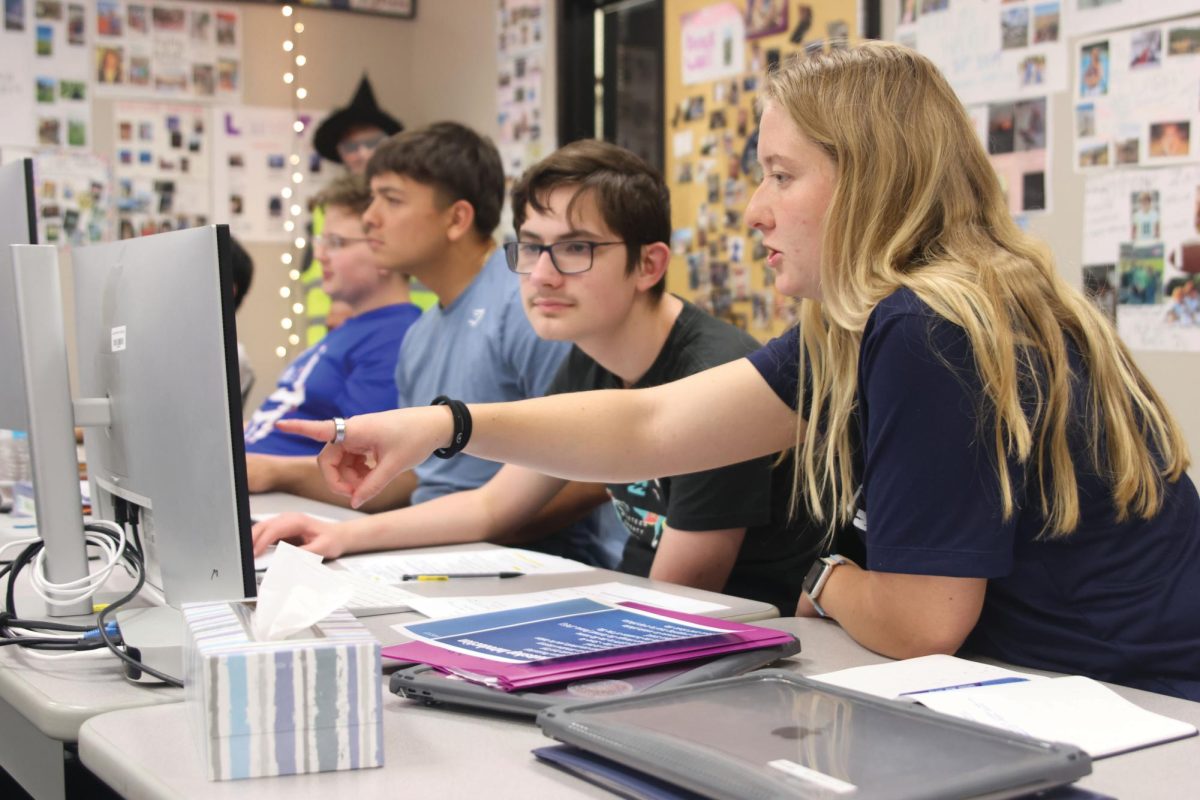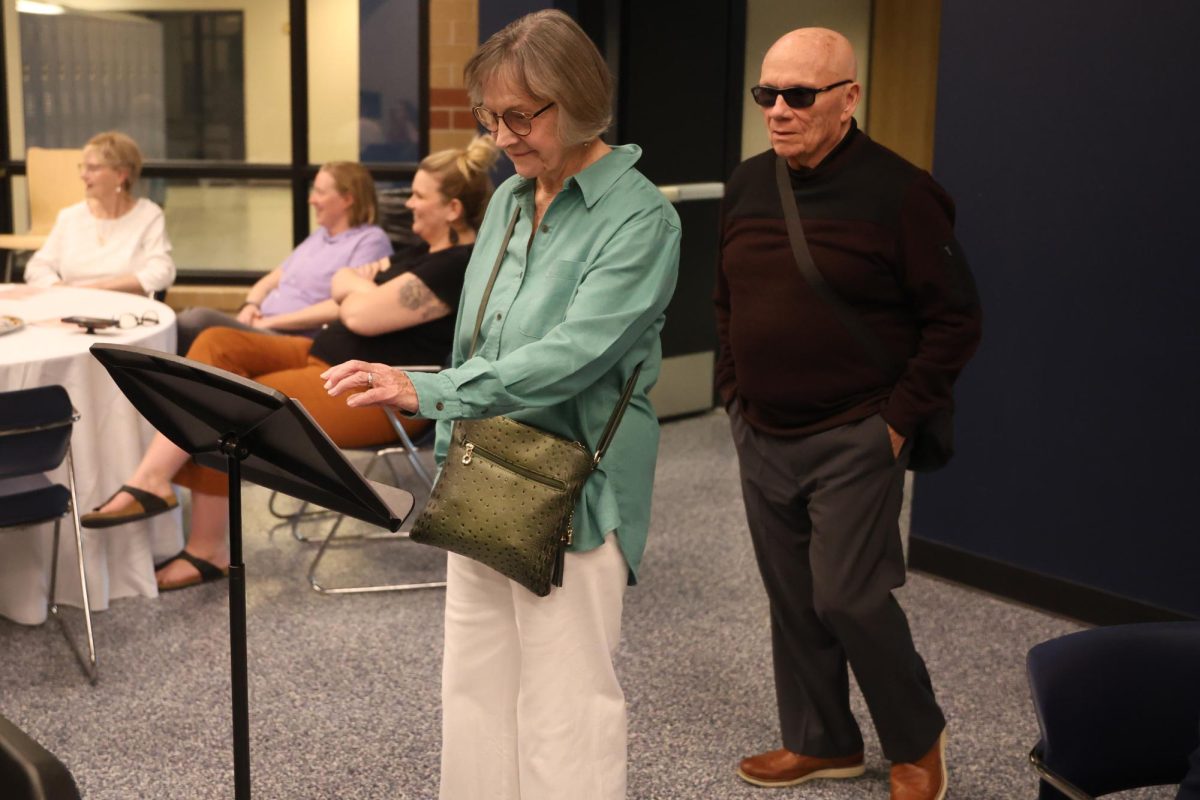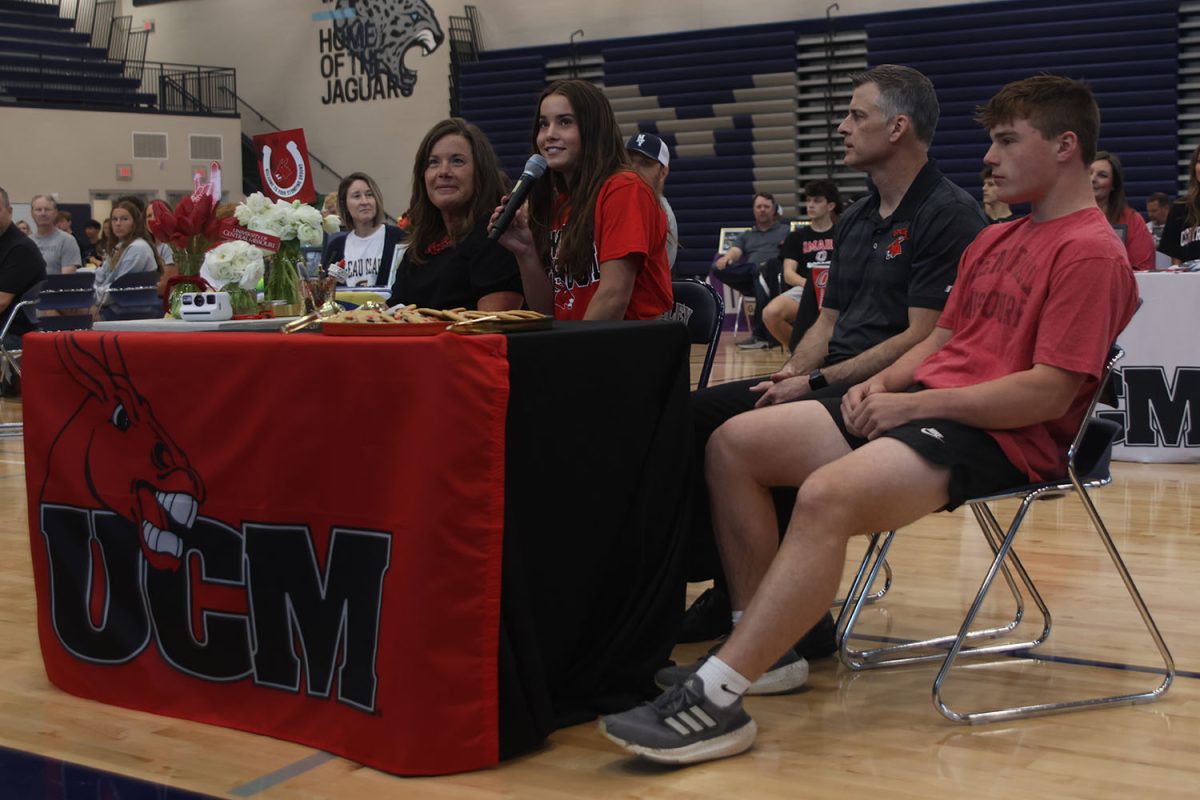Update March 4, 2025
Monday April 21 will now be a regular day of school for the school district after allotted weather cancellations were used up.
April 21 was previously a day off of school but because of cancellations it will now be a full day of school.
As of March 4 the district has closed school seven times due to inclement weather, but the district only allotted six days meaning one must be made up. School was closed on Jan. 7, 8, 10 and Feb. 12, 18, 19 and 20.
Mill Valley News: What constitutes having a snow day? What does that decision look like on the day of or the night before?
Cory Gibson: No two weather events are exactly the same. Days before a weather related event, the National Weather Service Office in Kansas City notifies district officials of forecasted weather that could impact school operations. We monitor those forecasts closely; we also confer with a meteorologist from Perry Weather and consider their forecasts to confirm severity and timing of weather events.
All decisions are made using a team approach. The superintendent reaches out to the Chief of Operations, who confers with the grounds/maintenance department and transportation. As superintendent, I also visit with around 30 nearby superintendents to gather input before making a decision. If the weather event happens overnight, as superintendent I begin driving roads around 3:00 a.m. to determine level of safety. Most decisions regarding cancellation need to be made ideally by 5:00 a.m., as that is the time some staff begin reporting to work. Additionally, food deliveries for meals are in transit by 5:00 a.m. on school days and must also be considered.
The timing of winter storms is another critical factor in the decision-making process. Sometimes a winter weather event does not start until between 5:00 a.m. and 8:00 a.m. Operationally, it takes our crews approximately six hours to clear four inches of snow from parking lots and sidewalks at our schools and facilities. Add two hours to that time for each additional inch of snow. As a result, we may close school to allow the time necessary to push and clear snow.
Streets and roads used by our school buses, parents, students and staff may remain impacted when main thoroughfares are in better shape. There is a disparity in how each city prioritizes treatment of certain streets/roads – as our school district covers nearly 100 square miles of Johnson County. With every decision, the safety of our students, families and staff is always the priority.
Mill Valley News: What constitutes a delayed start? What are the benefits of doing a delayed start?
Alvie Cater: A delayed start allows the district to shift the start of school by two hours. This option can be utilized when the timing of weather events, conditions, or other circumstances would allow for school operations to safely proceed without having to cancel for an entire day. Another benefit for the school district is that a two-hour delayed start counts as a regular student contact day by the Kansas State Department of Education.
Mill Valley News: How many snow days are generally allotted each year?
AC: The school district planned for six emergency closure days for the 2024-25 school year. In summary, the district built three emergency days into the school year calendar. These days are reported to the Kansas State Department of Education annually. Once those days are utilized, the State of Kansas will then forgive an additional three days. This is how the district planned for six days in the current school year.
Mill Valley News: Can it vary from year to year how many times school can be canceled due to inclement weather?
AC: The number of emergency closure days used for inclement weather can vary from year to year. We have seen winter seasons that were considerably mild compared to the historical snow we have already seen in Kansas City the week of January 6, 2025. As Dr. Gibson shared, no two weather events are exactly the same. To provide some perspective, here is a list of past school years and the number of emergency closure days utilized in USD 232.
2022-23: three days utilized. 2021-22: four days utilized. 2020-21: three days utilized. 2019-20: four days utilized. 2018-19: seven days utilized. 2017-18: five days utilized. 2016-17: one day utilized. 2015-16: one day utilized. 2014-15: zero days utilized
Mill Valley News: What is the protocol for having to cancel more days than the allotted number? Are extra days added to the end of the school year?
CG: If the cancellations result in not having enough instructional hours in the school year, the district can make up that time in one of two ways.
1.) Additional days of school being in session can be added to the calendar. 2.) Additional time (minutes) can be added to each remaining day school is in session.
In general, the school district must account for a minimum of 1,116 hours of student contact time during a school year. Parent-Teacher Conferences, for example, are counted toward required student contact time.
Mill Valley News: When debating canceling school does the decision of other school districts impact your decision?
CG: The decision to cancel school is not taken lightly. Over the past 17 years, I’ve served four different Kansas Districts as a district leader responsible for making “snow day” decisions. I’ve experienced times when one district was far more impacted than a neighboring district, therefore, I made a decision based on what was best for the communities I served. Although I’m willing to make difficult decisions, conferring with neighboring district superintendents provides additional insights and perspectives as to what they are thinking and experiencing in their communities.
Mill Valley News: Who is in charge of canceling school? What does that conversation look like?
CG: Board of Education policies prescribe that the superintendent shall make decisions related to school cancellations. After receiving input from many individuals and driving roads (if necessary), the entire executive cabinet is brought into the conversation (Deputy Chief of Staff and Communications, Chief of Academics, Chief of Operations and Chief of Personnel). The team’s task is discussing the nuances of the weather event to help inform the final decision (when/who should report, will the forecast allow afternoon/evening activities, what time are we releasing the notice, etc.).
Mill Valley News: Other than snow what other weather conditions would constitute canceling school?
CG: Any event that could impact the safety of our students and staff can lead to a cancellation. Beyond winter precipitation, cancellations or delays may occur for things like freezing temperature, significantly low windchill values, damage to a building, mechanical or utility failures, significant health related outbreak, etc. A recent example of having to cancel school for a reason other than snow is when the EF1 tornado caused damage at Mill Valley High School in May 2024. You may remember that we canceled classes – only at Mill Valley – for one day. This was to allow us time to ascertain the damage and secure the areas that contained storm debris. Classes resumed the following day. While many of us refer to emergency closure days as “snow days,” they can be used to respond to several different circumstances.
















